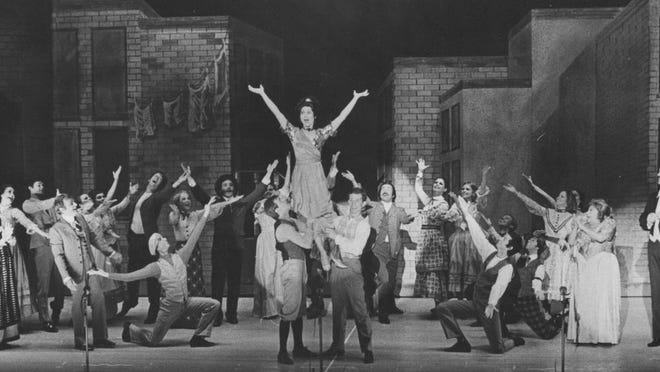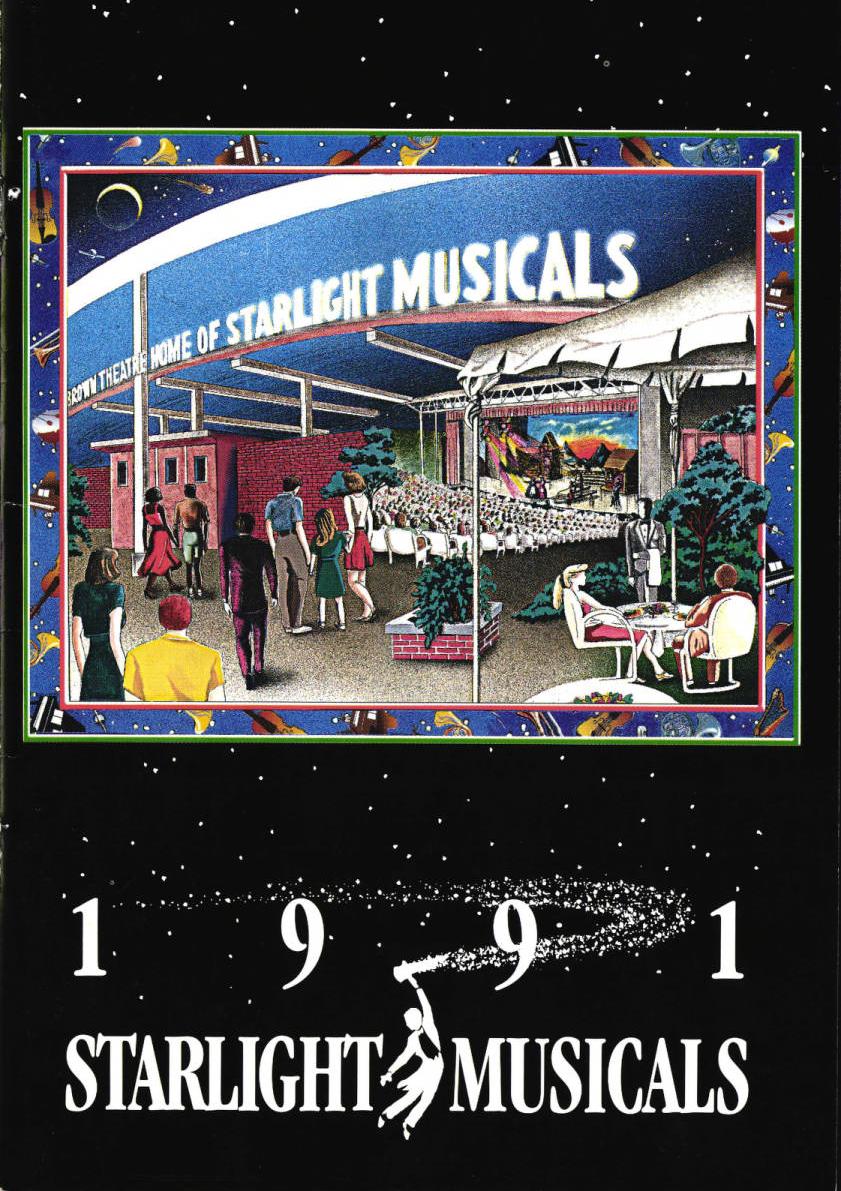Each summer for almost 50 years, Starlight Musicals offered Broadway musicals, both recent shows and revivals, as well as occasional one-night concerts.

A production of Gilbert and Sullivan’s staged at Garfield Park in 1944, marked the beginning of Starlight Musicals. The popularity of made the subsequent three-night run of a sellout. More than 20,000 people attended, sparking interest in a permanent summer theater.
Initially, the company operated under the names “Stars under the Stars” or “Indianapolis Theatre Association,” performing at the Butler Bowl and the Indiana State Fairgrounds. However, the board of directors, with the assistance of the Indianapolis Board of Park Commissioners, selected a permanent location on the south side of the Butler Bowl (the Bud and Jackie Sellick Bowl). In 1953, the Board of Park Commissioners signed a lease with , agreeing to lease the land for $1 per year, and Indianapolis paid for theater construction costs. opened the 1955 season in the new open-air Theatre. The theater featured a 272-foot-long esplanade at the back that covered ticket offices; restrooms; concessions; and lighting, sound, and production booths. To increase ticket sales, temporary seats were often added to the top of the esplanade.

In 1962, the board adopted the “star system” of production, engaging nationally acclaimed stars to lead a resident company. Robert Preston, Yul Brenner, Carol Burnett, Ethel Merman, Jack Benny, Liberace, and Liza Minnelli, among many others, performed at Starlight over the years.
In 1964, 1,080 permanent seats were added at the top of the esplanade, increasing capacity to 4,060 people. In 1979, the company also constructed a roof for the theater and built a new rehearsal hall, design studios, and box office. By 1980, Starlight had moved away from the resident company concept and booked prepackaged touring shows.

In 1989, the need for renewed direction and greater community involvement prompted a return to the resident company concept. At the same time, the board established a development program to cultivate individual and corporate support.
In addition to Broadway musicals and concert artists, Starlight offered college internships and high school apprentice programs. For younger children, several full-day workshops called the “Theatre Crawl” actively engaged area youth in all aspects of theatrical production. A seven-member staff administered the company, which employed over 250 theater professionals in the summer. By this time, an annual budget of $1.6 million came from ticket sales as well as corporate and individual donations.
In early June 1993, just days before the first scheduled performance, the Starlight board of directors voted to close the operation. Lagging ticket sales, explained in part by the competition of other summer venues, led the board to believe that the season could not be completed and that ceasing production was the only realistic alternative.

Help improve this entry
Contribute information, offer corrections, suggest images.
You can also recommend new entries related to this topic.